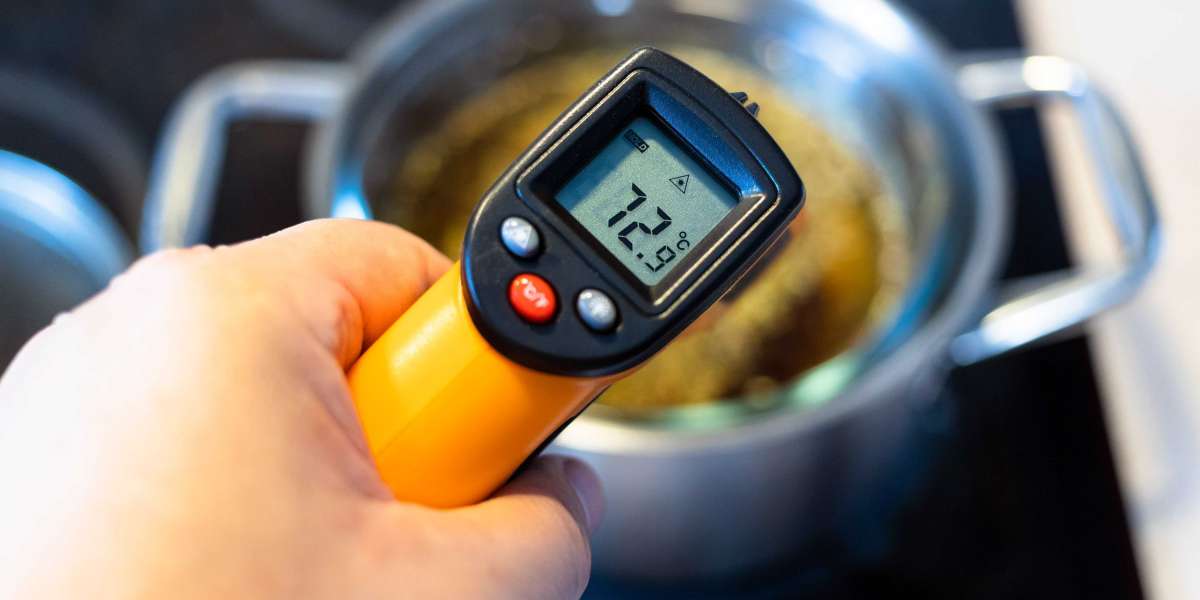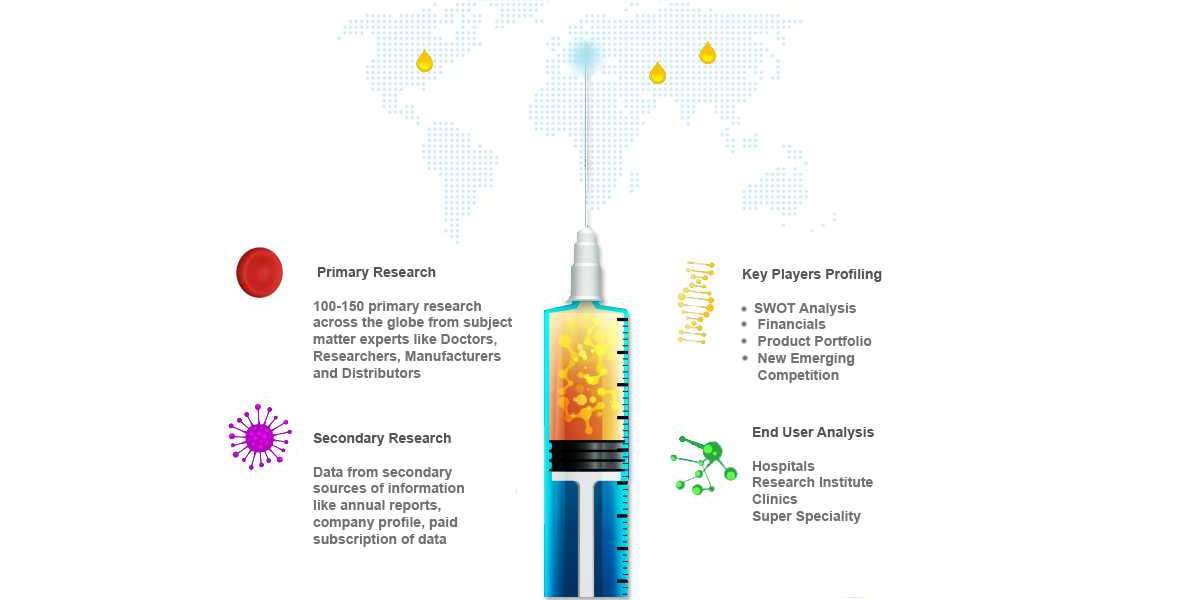In a world where temperature plays a crucial role in various industries and applications, the importance of accurate temperature measurement cannot be overstated. Temperature sensors, also known as temperature transducers or thermometers, are the unsung heroes behind the scenes, ensuring that processes run smoothly, products meet quality standards, and safety is maintained. This comprehensive guide will explore the fascinating world of temperature sensors, their types, and their wide-ranging applications.
Introduction
Temperature is among the most measured physical quantities across industries, from manufacturing and healthcare to aerospace and environmental monitoring. Accurate temperature monitoring and control are vital to ensure processes and products operate efficiently, maintain quality, and uphold safety standards. Temperature sensors are the critical components that enable us to achieve this level of control and accuracy.
The Need for Temperature Sensors
Why are temperature sensors so important? Consider the following scenarios:
- Industrial Processes: In manufacturing, temperature sensors are used to monitor and control the temperature of materials during production. For instance, in the semiconductor industry, precise temperature control is vital for the fabrication of microchips.
- Healthcare: In the medical field, temperature sensors are used in devices like digital thermometers to monitor body temperature, which is crucial for diagnosing illnesses and infections.
- Aerospace: In aviation, temperature sensors ensure that aircraft engines operate within safe temperature ranges, preventing overheating and potential disasters.
- Environmental Monitoring: Climate scientists rely on temperature sensors to track changes in temperature patterns, contributing to our understanding of climate change.
In all these cases, temperature sensors are the unsung heroes behind the scenes, ensuring that processes run smoothly, products meet quality standards, and safety is maintained.
Types of Temperature Sensors
Temperature sensors come in various types, each with its principles of operation, advantages, and ideal use cases. Let's delve into the main types of temperature sensors:
Thermocouples
Principle: Thermocouples operate in the direction of the Seebeck effect, where the voltage generated at the junction of two dissimilar metals is proportional to the temperature difference between the junction and the open ends.
Advantages:
- Wide temperature range.
- Rapid response time.
- Rugged and durable, suitable for harsh environments.
- Inexpensive.
Applications:
- Industrial processes (e.g., metallurgy, glass manufacturing).
- Automotive engine monitoring.
- Aerospace applications.
Resistance Temperature Detectors (RTDs)
Principle: RTDs, also known as resistance thermometers, rely on the fact that the electrical resistance of certain materials (usually platinum) changes predictably with temperature.
Advantages:
- High accuracy and stability.
- Wide temperature range.
- Ideal for precision measurements.
- Low drift over time.
Applications:
- Laboratory and scientific research.
- HVAC systems.
- Food and beverage industry.
Thermistors
Principle: Thermistors are temperature-sensitive resistors. They use the change in electrical resistance with temperature, but unlike RTDs, their resistance change is more significant and nonlinear.
Advantages:
- High sensitivity.
- Compact size.
- Cost-effective.
- Ideal for applications requiring small temperature ranges.
Applications:
- Medical devices (e.g., ear thermometers).
- Automotive climate control systems.
- Consumer electronics.
Infrared (IR) Temperature Sensors
Principle: IR temperature sensors, also known as non-contact temperature sensors, measure the thermal radiation emitted by an object and convert it into a temperature reading.
Advantages:
- Non-contact measurement.
- Suitable for moving objects or hazardous environments.
- Fast response time.
- Wide temperature range.
Applications:
- Food industry (e.g., monitoring oven temperature).
- Building automation (e.g., HVAC systems).
- Industrial machinery.
Thermocouples: Principles and Applications
Thermocouples are among the most widely used temperature sensors due to their versatility and robustness.
How Thermocouples Work
Thermocouples consist of two wires of different metals joined at one end to form a junction. When the temperature at the junction differs from that at the open ends, it generates a voltage known as the electromotive force (EMF) or Seebeck voltage. This voltage is directly proportional to the temperature difference between the junction and the open ends, allowing for temperature measurement.
Applications of Thermocouples
Thermocouples find applications in various industries:
- Industrial Processes: In the steel industry, thermocouples monitor the temperature of molten metal. They are also used in plastics manufacturing, where precise temperature control is critical.
- Automotive: Thermocouples are essential for monitoring engine temperature, ensuring it operates within a safe range. They are also used in exhaust gas temperature measurement.
- Aerospace: In aviation, thermocouples are vital in monitoring aircraft engines, preventing overheating during flight.
- Environmental Monitoring: Thermocouples are employed in weather stations and climate research to measure temperature variations.
Thermocouples are favored in these applications due to their durability, wide temperature range, and rapid response time.
Resistance Temperature Detectors (RTDs): Precision Temperature Measurement
RTDs are known for their accuracy and stability, making them ideal for applications that demand precision temperature measurements.
How RTDs Work
RTDs are typically made of platinum, which exhibits a nearly linear increase in resistance with temperature. As the temperature changes, the resistance of the platinum wire changes accordingly. This change in resistance is measured and converted into a temperature reading.
Applications of RTDs
RTDs are employed in applications where accuracy is paramount:
- Laboratory and Scientific Research: RTDs are commonly used in laboratories to precisely measure temperature for experiments and calibration.
- HVAC Systems: In heating, ventilation, and air conditioning systems, RTDs help maintain indoor comfort by accurately controlling temperature.
- Food and Beverage Industry: RTDs are utilized in food processing and storage to ensure products are kept at the correct temperatures.
RTDs are the sensor of choice when high precision is required, and long-term stability is crucial.
Thermistors: Sensing Small Changes in Temperature
Thermistors are temperature sensors known for their high sensitivity, making them suitable for applications where small temperature changes need to be detected.
How Thermistors Work
Thermistors are made of ceramic materials with highly nonlinear resistance-temperature characteristics. Their resistance changes significantly with temperature, allowing for precise temperature measurements.
Applications of Thermistors
Thermistors are widely used in applications requiring high sensitivity:
- Medical Devices: Ear thermometers, for instance, rely on thermistors to provide accurate body temperature readings.
- Automotive Climate Control: Car climate control systems use thermistors to maintain cabin temperature.
- Consumer Electronics: Devices like laptops and smartphones use thermistors for temperature control and protection against overheating.
Thermistors are chosen for their sensitivity and compact size, making them suitable for smaller-scale applications.
Infrared (IR) Temperature Sensors: Non-Contact Precision
Infrared temperature sensors, often referred to as IR thermometers or pyrometers, offer the unique advantage of non-contact temperature measurement.
How IR Temperature Sensors Work
IR temperature sensors detect the thermal radiation emitted by an object. The sensor measures the intensity of this radiation, which is then converted into a temperature reading using the Stefan-Boltzmann law.
Applications of IR Temperature Sensors
IR temperature sensors are invaluable in applications that require non-contact measurement:
- Food Industry: In food processing, IR sensors monitor the temperature of ovens, grills, and other cooking equipment.
- Building Automation: IR sensors are used in HVAC systems to adjust heating and cooling based on room temperature.
- Industrial Machinery: IR sensors can monitor the temperature of rotating equipment, such as motors or bearings, without physical contact.
IR temperature sensors excel in scenarios where contact sensors may not be feasible or safe.
Choosing the Right Temperature Sensor
Selecting the appropriate temperature sensor for a specific application is crucial to ensure accurate and reliable temperature measurement. Several factors should be considered when making this decision:
Accuracy
The required level of accuracy is a primary consideration. In applications where precision is essential, such as scientific research or medical devices, RTDs are often the preferred choice due to their high accuracy and stability.
Temperature Range
Different temperature sensors have different temperature ranges they can effectively measure. Thermocouples, for instance, are known for their wide temperature range, making them suitable for extreme conditions like those found in metal processing.
Response Time
Some applications demand a fast response time, while others can tolerate slower measurements. Thermocouples are known for their rapid response, making them suitable for dynamic processes.
Environmental Conditions
Consider the environmental conditions in which the temperature sensor will operate. Thermocouples are a robust choice for harsh environments with exposure to moisture, chemicals, or physical stress. In contrast, RTDs and thermistors may require additional protection.
Cost
Budget constraints can play a significant role in the selection process. Thermocouples are typically the most cost-effective option, while RTDs are more expensive due to their precision.
Real-World Applications
Temperature sensors play pivotal roles in various real-world applications across multiple industries. Let's explore some of these applications in more detail:
Industrial Processes
Temperature sensors are indispensable for maintaining consistent product quality and optimizing manufacturing processes in industrial settings. Here are a few examples:
- Metallurgy: In steel manufacturing, thermocouples monitor the temperature of molten metal to ensure it's within the desired range for casting.
- Glass Manufacturing: Temperature sensors are used to control the heating and cooling processes in glass production, ensuring the glass products meet quality standards.
- Semiconductor Fabrication: The semiconductor industry relies on precise temperature control for chemical vapor deposition (CVD) and ion implantation.
Healthcare and Medical Devices
Temperature sensors are integral to healthcare, where accurate body temperature measurement is vital for diagnosing illnesses and monitoring patients:
- Digital Thermometers: Thermistors and RTDs are commonly used in digital thermometers to provide quick and accurate body temperature readings.
- Medical Imaging: MRI and CT scanners use temperature sensors for thermal management to ensure patient safety.
- Laboratory Equipment: Temperature-sensitive experiments and medical research rely on temperature sensors for accurate data collection.
Aerospace and Automotive
In the aerospace and automotive industries, temperature sensors are critical for safety and performance:
- Aircraft Engines: Thermocouples monitor the temperature of aircraft engines to prevent overheating, which can lead to catastrophic failures.
- Exhaust Gas Measurement: Thermocouples and RTDs measure vehicle exhaust gas temperatures, aiding in engine performance optimization and emissions control.
Environmental Monitoring
Climate scientists and environmental researchers rely on temperature sensors to monitor and analyze temperature variations:
- Weather Stations: Temperature sensors help record temperature changes and contribute to weather forecasting.
- Climate Research: Scientists use temperature sensors to understand global temperature trends and climate change better.
HVAC and Building Automation
Temperature sensors play a crucial role in maintaining indoor comfort and energy efficiency in residential and commercial buildings:
- Thermostats: Temperature sensors in thermostats control heating, ventilation, and air conditioning (HVAC) systems to maintain a comfortable indoor environment.
- Energy Management: Building automation systems use temperature sensors to optimize energy usage by adjusting HVAC and lighting based on room temperature.
Advancements in Temperature Sensing
The field of temperature sensing is growing; it continues to evolve with technological advancements. Some notable developments and trends in temperature sensing include:
Internet of Things (IoT) Integration
Temperature sensors are increasingly integrated into IoT devices, allowing remote monitoring and control. IoT-enabled temperature sensors find applications in smart homes, industrial automation, and healthcare.
Miniaturization
Advancements in microelectronics have led to the miniaturization of temperature sensors. These tiny sensors are used in wearables, smartphones, and other compact devices.
Wireless Temperature Sensors
Wireless temperature sensors have gained popularity due to their convenience and flexibility. They can be deployed in hard-to-reach or remote locations and transmit data wirelessly to a central monitoring system.
Advanced Materials
Researchers are exploring new materials with unique thermal properties for temperature-sensing applications. These materials can offer improved sensitivity, accuracy, and response times.
Challenges and Considerations
While temperature sensors provide invaluable data for various applications, there are challenges and considerations to keep in mind:
Calibration
Temperature sensors require regular calibration to maintain their accuracy. Calibration ensures that the sensor's output corresponds accurately to the measured temperature.
Signal Conditioning
Sometimes, temperature sensor outputs may require signal conditioning to convert into usable data. Signal conditioning circuits may be needed to linearize the output or amplify weak signals.
Environmental Protection
Temperature sensors may require protective enclosures or coatings in harsh environments or those exposed to chemicals to prevent damage or corrosion.
Interference
Electromagnetic interference (EMI) and radiofrequency interference (RFI) can affect the accuracy of temperature sensors, particularly in industrial settings with high electromagnetic activity.
Conclusion
In their various forms, temperature sensors are the unsung heroes behind countless processes and applications. They enable us to maintain product quality, ensure safety, and optimize performance in various industries and scenarios.
Whether it's the rugged thermocouples used in industrial foundries, the precision of RTDs in laboratory experiments, the sensitivity of thermistors in medical devices, or the non-contact capabilities of IR temperature sensors in modern HVAC systems, these sensors play vital roles.
As technology advances, temperature sensors will evolve and find new applications like IoT, wearables, and wireless monitoring. Their ability to provide valuable data about our physical world will remain essential in pursuing precision, safety, and efficiency. So, the next time you enjoy a perfectly cooked meal, board a plane or use a medical device, remember that temperature sensors are quietly at work, ensuring your comfort and safety.









